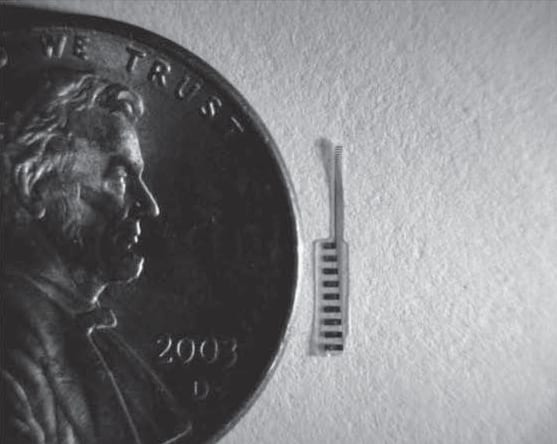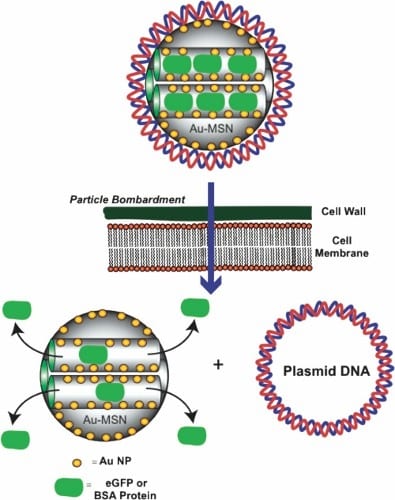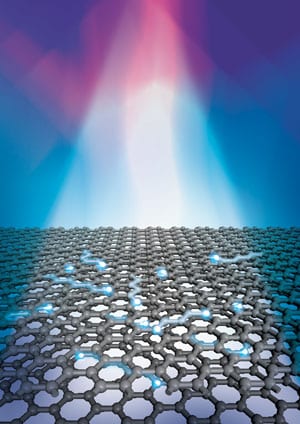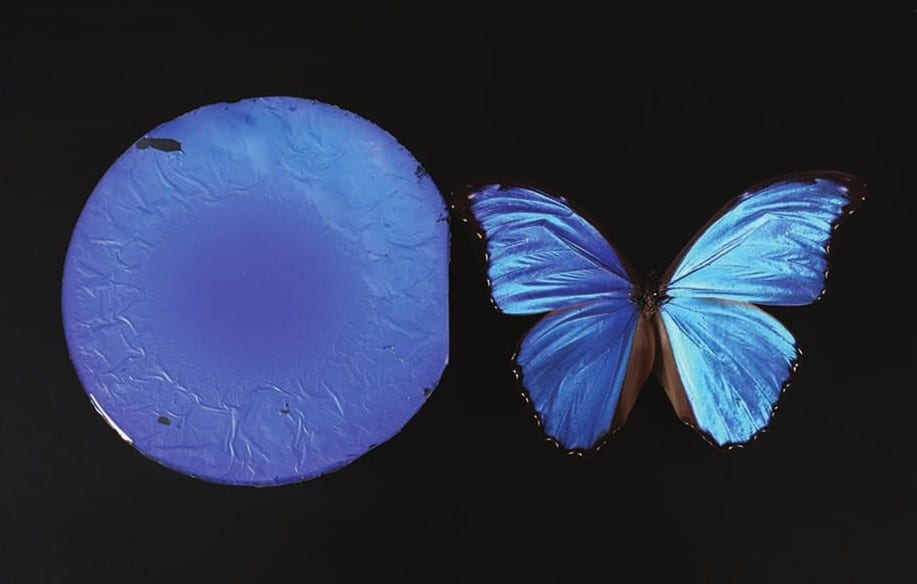University of Texas researchers develop materials that are stiff for initial implantation, and then soften to better match the mechanical properties of brain tissue.



University of Texas researchers develop materials that are stiff for initial implantation, and then soften to better match the mechanical properties of brain tissue.

Researchers at Iowa State University demonstrate the ability to simultaneously deliver proteins and DNA into plant cells.
This new edition introduces the field of polymers, balancing chemistry, physics, and engineering applications. It updates a classic text used in introductory polymer courses, but has not been updated since 1993. This revised and updated edition focuses on new...
The first book on this topic summarizes current knowledge of diazonium chemistry, covering aspects of surface and interface chemistry, as well as theoretical calculations of surface-molecule bonding, analytical methods, and important applications in...

A new type of hot electron bolometer has been developed from graphene, with great potential for sensing applications of all kinds.

New silica microsphere films mimic the striking color display of the Morpho butterfly, with the added advantage of material flexibility.
An MIT group have developed a new coating in an attempt to reduce the number of surgeries required to correct artificial implants.

Multi-year research effort to improve supply, efficient use, and recycling of critical materials to reduce US dependence on foreign sources.

Two materials science authors, Diran Apelian and Arthur Morris, tell us a bit about their work and where they see it fitting in the wider field.

Sun may have set on leading thin-film solar panel manufacturer as it runs out of cash.